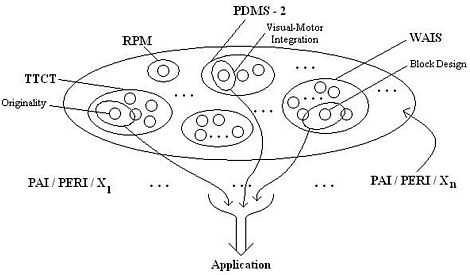Psychologists nowadays are able to measure human intelligence by using various IQ tests. Nevertheless, they still don’t agree on one common definition of human intelligence. What would happen if we apply a similar approach to measuring intelligence of artificial entities, skipping never-ending discussions on AI definition? According to professor Selmer Bringsjord and Bettina Schimanski an answer is contained in Psychometric AI (PAI).
Researchers from Rensselaer Artificial Intelligence and Reasoning Laboratory at Rensselaer Polytechnic Institute contribute to the eternal dilemma of what exactly is Artificial intelligence. They conduct research in psychometric AI by building information-processing entities and measuring their intelligence. They not only test artificial reasoning and cognition abilities of computational systems, but also their mental ability - by conducting tests of artistic, literary and mechanical creativity.
One of such computational systems able to score well on IQ and mental tests is PERI - Psychometric Experimental Robotic Intelligence. Although this system was not designed to simulate how a human thinks, PERI displays human level intelligence. It is capable of logic reasoning, vision, and physical manipulation, as well as of speech, and hearing.
Current work on PERI focuses on language capabilities, i.e. Natural Language Processing, Natural Language Understanding and Natural Language Generation. These research opens the way to measure the intelligence of conversational agents otherwise than by conducting well-known Turing test or Visual Intelligence Turing test.
Bringsjord and Schimanski state that Psychometric AI and PERI seem to clarify the dividing line between Strong and Weak AI. According to them, there is every reason to think that the future of AI is bound up with PAI! Watch the video below of PERI’s performance in solving one of Wechsler Adult Intelligent Scale tests.




Comments
There are 2 comments: